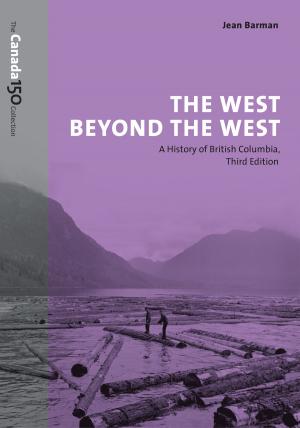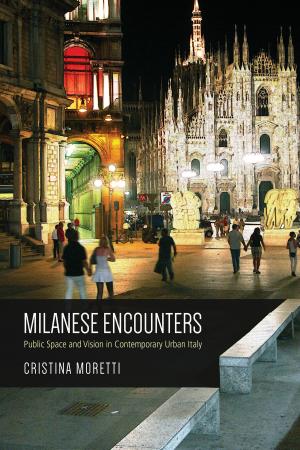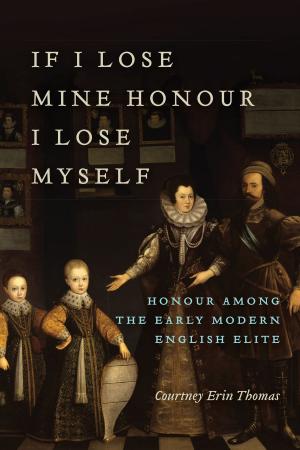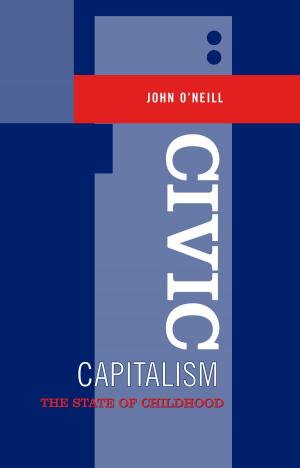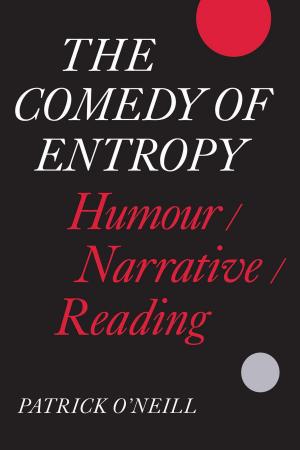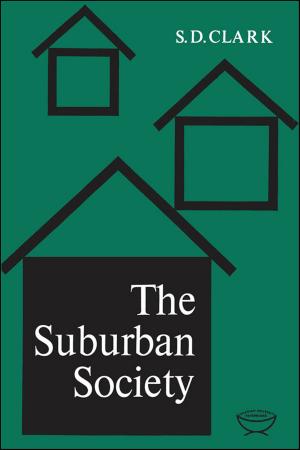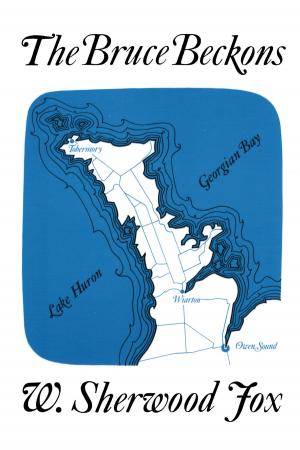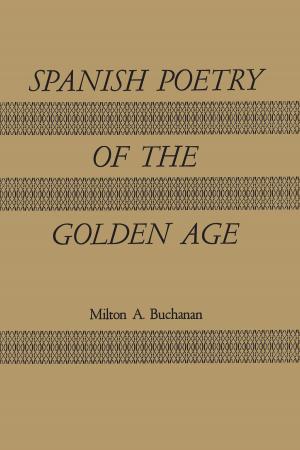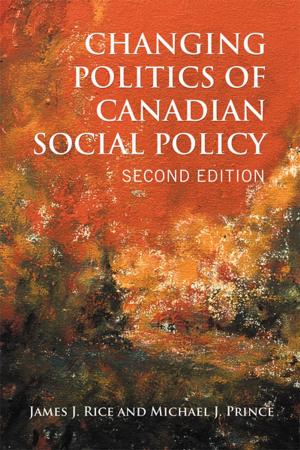I Bless You in My Heart
Selected Correspondence of Catharine Parr Traill
Nonfiction, Social & Cultural Studies, Social Science, Gender Studies, Women&, Fiction & Literature, Essays & Letters, History| Author: | ISBN: | 9781442633230 | |
| Publisher: | University of Toronto Press, Scholarly Publishing Division | Publication: | December 15, 1996 |
| Imprint: | Language: | English |
| Author: | |
| ISBN: | 9781442633230 |
| Publisher: | University of Toronto Press, Scholarly Publishing Division |
| Publication: | December 15, 1996 |
| Imprint: | |
| Language: | English |
Though her life was largely circumscribed by domesticity and poverty both in England and in Canada, Catharine Parr Traill’s interests, experiences, and contacts were broad and various. Her contribution to our knowledge of nineteenth-century Canadian life, from a literary, historical, and scientific perspective, was significant.
Chosen from her nearly 500 extant letters, the 136 presented here vividly reflect typical aspects of social and family life, attachments to the Old World, health and medical conditions, travel, religious faith and practice, the stresses of settlement in Upper Canada in the 1830s, and the dispersal of families with the opening up of the Canadian and American West.
Spanning seventy years, the letters are presented in three sections, each prefaced by an introductory essay. The first, ‘1830–1859: “The changes and chances of a settler’s life,”’ traces Traill’s story from her emergence as one of the literary Strickland sisters in England, through the difficult, poverty-stricken years of settlement and family raising in Canada, to her husband’s death. The second, ‘1860–1884: “The poor country mouse,”’ reveals her quiet life at Westove (her cottage at Lakefield), her devotion to family and friends, and the time she spent writing botanical essays and seeking a publisher for them. A trip to Ottawa in 1884 awakened her to a recognition of the literary stature she had earned. The third section, ‘1885–1899: “The sight of green things is life to me,”’ begins with the publication of her Studies of Plant Life in Canada and sheds light on the public recognition she received, her continuing literary productivity, and the strengthening of her role as matriarch of the Strickland family in Canada. It closes with her death on 29 August 1899.
Together with the introductory essays, Traill’s correspondence offers an intimate and revealing portrait of a courageous, caring, and remarkable woman—mother, pioneer, writer, and botanist.
Though her life was largely circumscribed by domesticity and poverty both in England and in Canada, Catharine Parr Traill’s interests, experiences, and contacts were broad and various. Her contribution to our knowledge of nineteenth-century Canadian life, from a literary, historical, and scientific perspective, was significant.
Chosen from her nearly 500 extant letters, the 136 presented here vividly reflect typical aspects of social and family life, attachments to the Old World, health and medical conditions, travel, religious faith and practice, the stresses of settlement in Upper Canada in the 1830s, and the dispersal of families with the opening up of the Canadian and American West.
Spanning seventy years, the letters are presented in three sections, each prefaced by an introductory essay. The first, ‘1830–1859: “The changes and chances of a settler’s life,”’ traces Traill’s story from her emergence as one of the literary Strickland sisters in England, through the difficult, poverty-stricken years of settlement and family raising in Canada, to her husband’s death. The second, ‘1860–1884: “The poor country mouse,”’ reveals her quiet life at Westove (her cottage at Lakefield), her devotion to family and friends, and the time she spent writing botanical essays and seeking a publisher for them. A trip to Ottawa in 1884 awakened her to a recognition of the literary stature she had earned. The third section, ‘1885–1899: “The sight of green things is life to me,”’ begins with the publication of her Studies of Plant Life in Canada and sheds light on the public recognition she received, her continuing literary productivity, and the strengthening of her role as matriarch of the Strickland family in Canada. It closes with her death on 29 August 1899.
Together with the introductory essays, Traill’s correspondence offers an intimate and revealing portrait of a courageous, caring, and remarkable woman—mother, pioneer, writer, and botanist.


